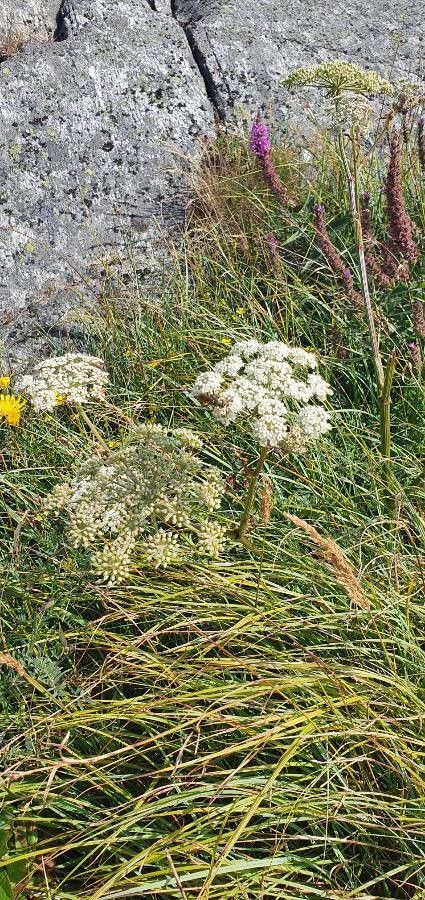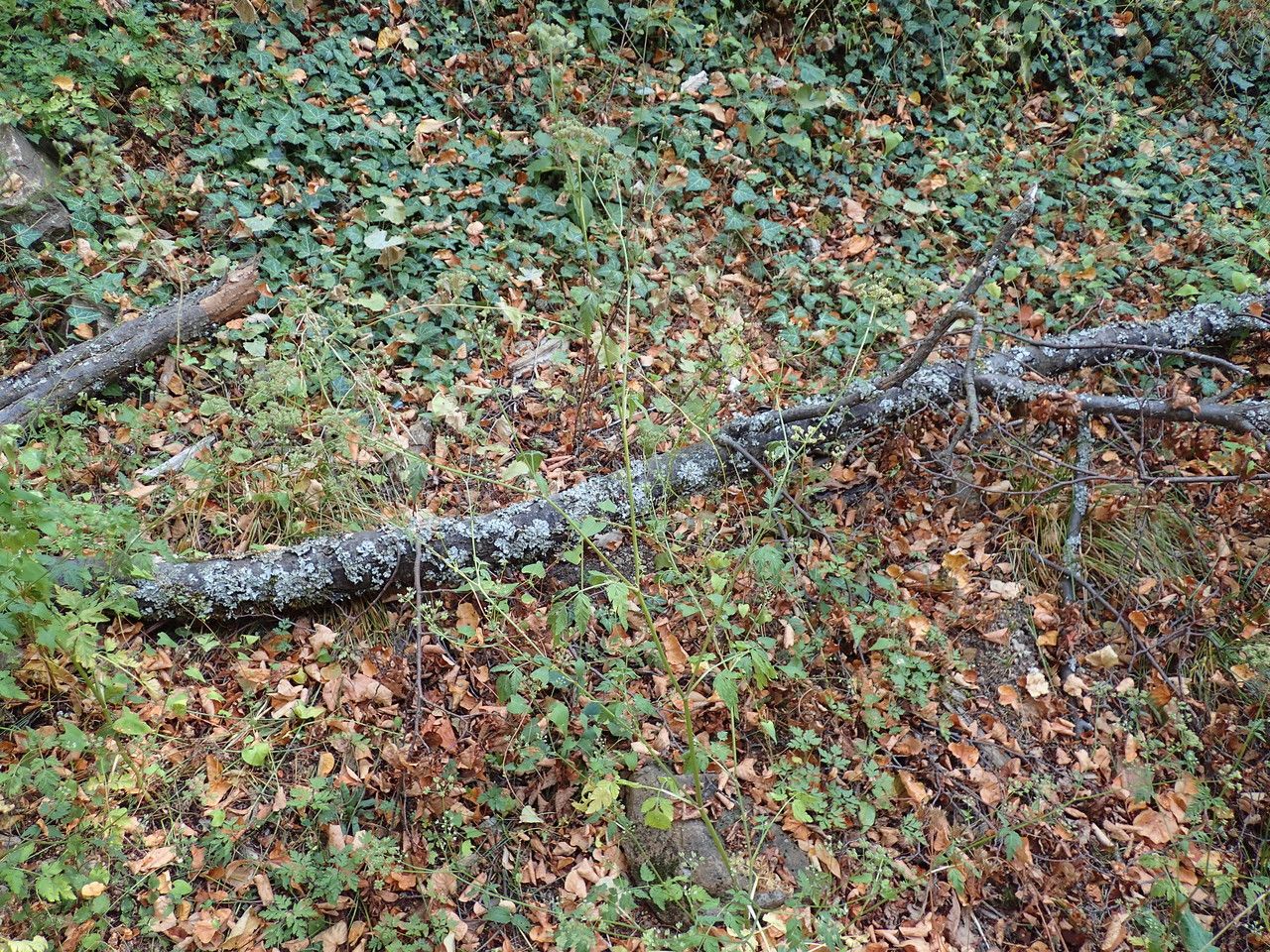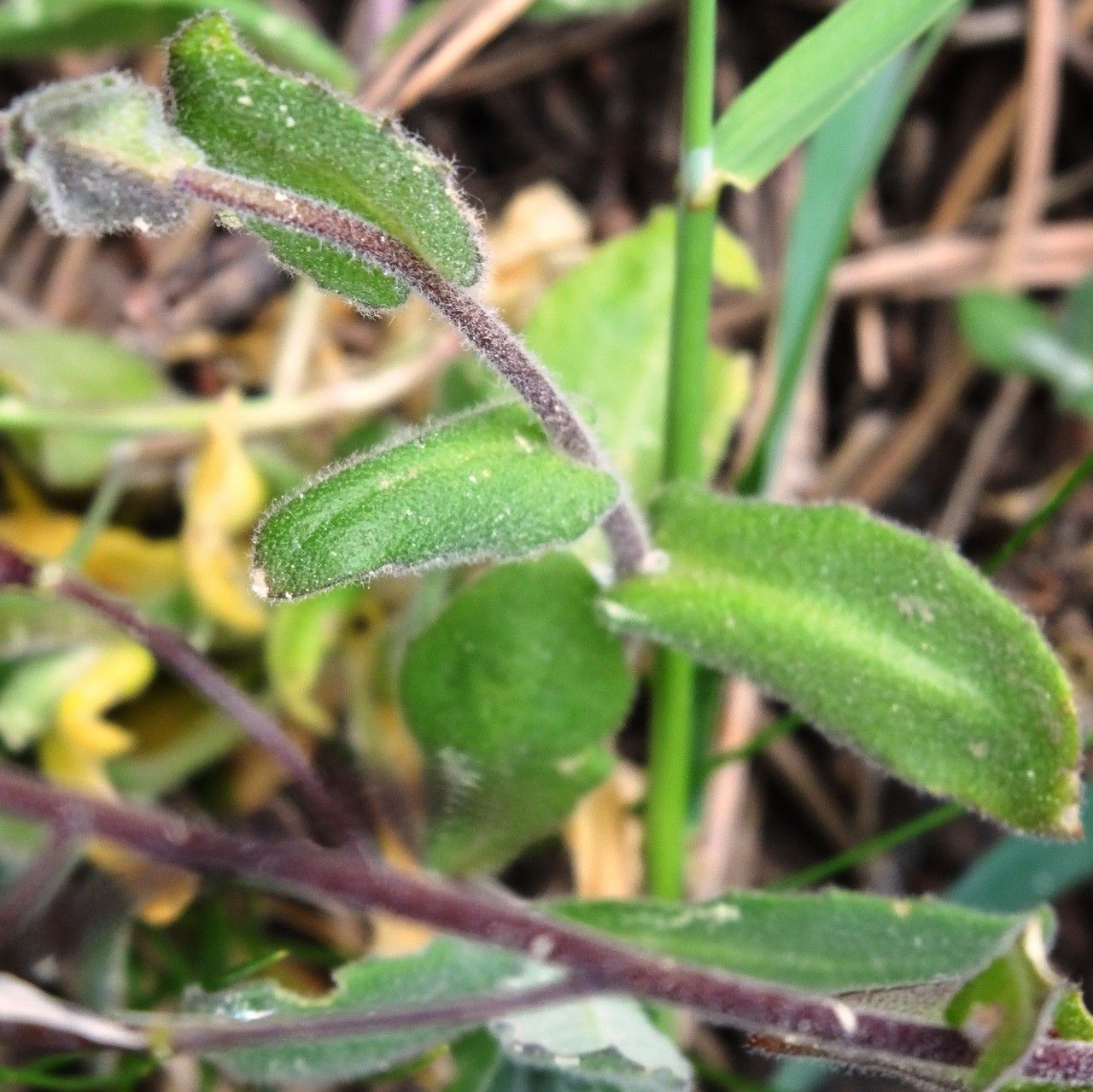## Hogfennel: A Comprehensive Guide to *Peucedanum officinale*
Hogfennel (*Peucedanum officinale*), a member of the Apiaceae family (the same family as carrots and parsley), is a striking plant with a rich history and unique characteristics. This guide will explore its identification, habitat, cultivation, and potential uses, equipping you with the knowledge to appreciate and, if desired, cultivate this fascinating species.
### Identification
Hogfennel is a biennial or short-lived perennial herb, typically reaching heights of 1-2 meters (3-6 feet). Its most distinguishing features include:
* **Leaves:** Large, bipinnately compound leaves with numerous finely divided segments. They are often glaucous (bluish-green) in appearance.
* **Flowers:** Small, yellowish-green flowers arranged in large, flat-topped umbels (clusters). These umbels can be quite impressive in size.
* **Stem:** Robust, grooved stem that is often reddish-purple at the base.
* **Roots:** Thick, fleshy taproot.
* **Smell:** A distinct, strong, and somewhat unpleasant aroma, particularly noticeable when the plant is bruised or crushed. This smell aids in identification.
### Habitat and Growth
Hogfennel prefers dry to moderately moist soils. It thrives in sunny locations, and though tolerant of some shade, full sun will result in the most robust growth. Its natural habitat includes calcareous grasslands, roadsides, and disturbed areas. It is native to Europe and parts of Asia and has naturalized in other regions.
### Cultivation
While Hogfennel can be grown from seed, it's important to note that it can self-seed readily and, in some regions, is considered an invasive plant. Therefore, careful consideration should be given before cultivating it, especially in gardens with limited space or in areas where its spread could be problematic. If growing it, ensure it has plenty of space and monitor its spread to prevent it from becoming a nuisance.
### Traditional Uses and Cautions
Hogfennel has a history of use in traditional medicine, though it is crucial to emphasize that scientific research supporting these uses is limited. Some historical applications included use as a diuretic and expectorant. **However, it's important to note that all parts of the plant contain furanocoumarins, which can cause phototoxicity (increased sensitivity to sunlight) upon skin contact. Therefore, direct skin contact should be avoided, and gloves should be worn when handling the plant.** Do not ingest Hogfennel without professional guidance from a qualified herbalist or medical professional.
### Ecological Considerations
Hogfennel's status as potentially invasive in certain regions makes it crucial to consider its impact on local ecosystems. Before planting it, research its status in your area to ensure responsible gardening practices. This includes awareness of its self-seeding capabilities and the potential for outcompeting native plant species.
### Conclusion
Hogfennel, with its impressive size and unique characteristics, offers a fascinating glimpse into the world of wild plants. While its potential as an ornamental plant exists, understanding its invasive potential and the cautions surrounding its use is crucial. By respecting its nature and employing responsible gardening practices, we can appreciate this plant while mitigating its potential negative impacts.
Hogfennel: Complete Guide & Care Tips

Frequently Asked Questions
How to identify Hogfennel?
Identify Hogfennel by its large, bipinnately compound leaves, yellowish-green flowers in large umbels, robust stem, often reddish-purple at the base, and a strong, somewhat unpleasant aroma.
Is Hogfennel invasive?
Hogfennel can be invasive in some regions due to its prolific self-seeding. Before planting, research its status in your specific area to determine its invasiveness.


